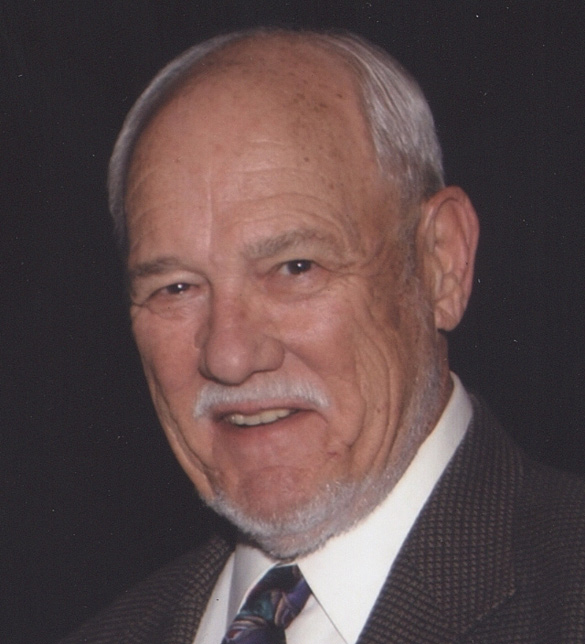 World Futures: What Do We Need?
World Futures: What Do We Need?
By ANDY ANDREWS
Los Alamos World Futures Institute
The plow was invented around 3,500 B.C.E. (3,500 B.C.) in Mesopotamia and China. Around 1,900 B.C.E., forged iron plowshares were being used. In 1785, the cast iron plowshare was invented and it was mass produced for the first time in 1839 by John Deere.
Other machinery was invented to assist in seeding, threshing, and reaping all pulled by horses. Evolutionary devices mechanized these devices with the addition of engines to power them.
This description illustrates the development of tools to perform tasks with each step of the development creating greater efficiency in agriculture needed for the survival of humanity. But each step added complexity to the tool being used.
The complexity came from the need to convert and direct energy from other sources to achieve the agricultural task. Obviously the results were worthwhile and satisfied a need of humanity for food production, if not distribution.
What tools do we need in the future? It is a challenging question in that it requires dreaming about future challenges for survival, altered ways of life, and a changing reality of capsule Earth. But perhaps the biggest challenge is the time scale for tool evolution and the human perception of the timescale of need.
The first forged iron plowshares were probably fashioned because of a recognized need for a long lasting tool and a generally recognized need for food production. It took several steps to evolve to fully mechanized plows driven by machines created by recognition of other needs. The plow was created by recognition of a short term need, not because of a long term consequence.
As the plow evolved, complexity of the tool grew, not because of the concept for preparing the ground, but for increasing the efficiency of ground preparation. Was the increase in complexity and its possible side effects worth the increased efficiency? Probably yes, but what is the limit?
What tools and inventions does humanity need to continue its evolution while protecting the changing environment of plant Earth? Understanding these needs helps to choose the right vector for entering the future.
The Los Alamos World Futures Institute web site is at LAWorldFutures.org. Feedback, volunteers, and donations (501.c.3) are welcome. Email andy.andrews@laworldfutres.org or bob.nolen@laworldfutures.org.
Previously published columns can be found at https://ladailypost.com or http://www.laworldfutures.org.

